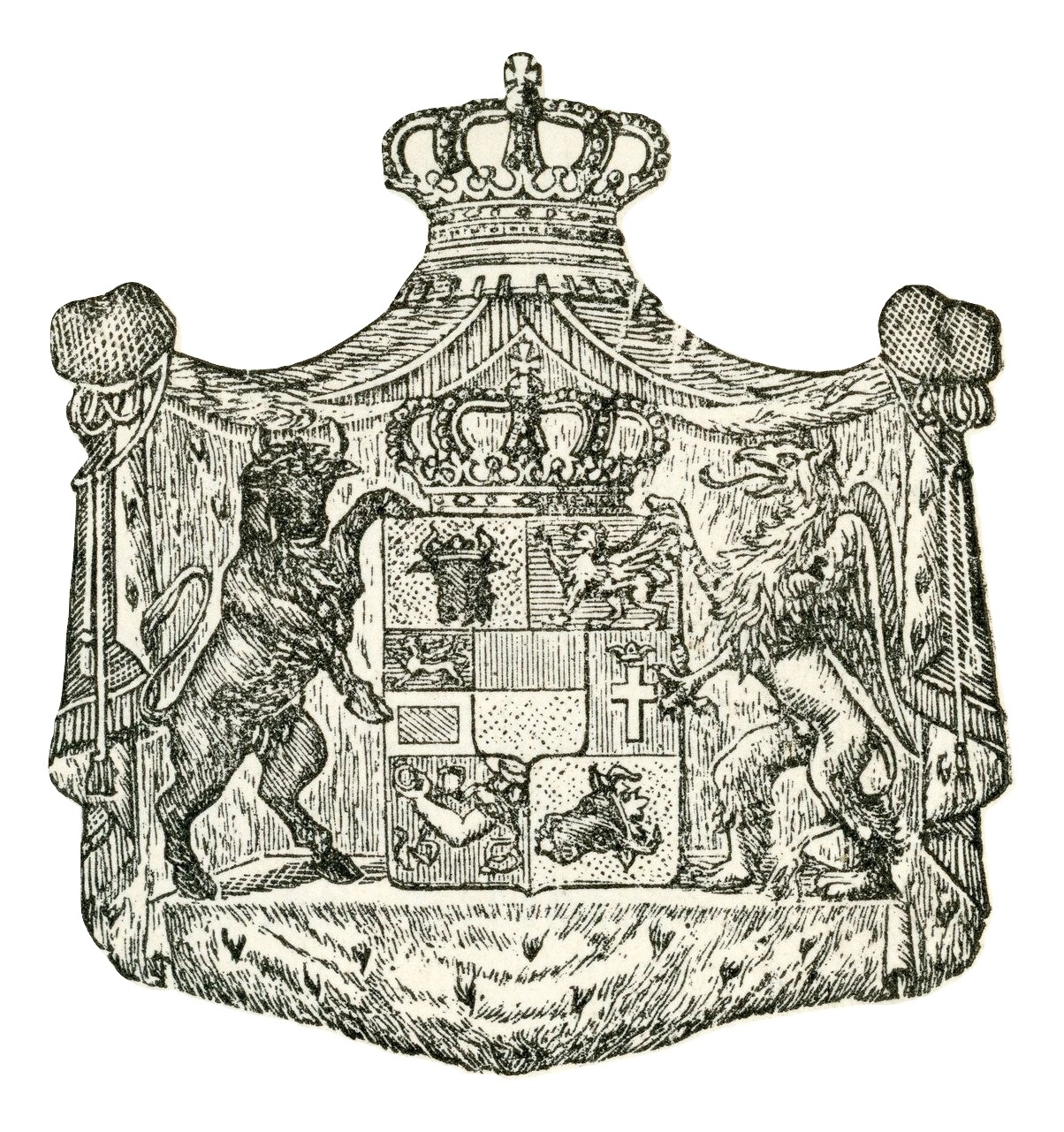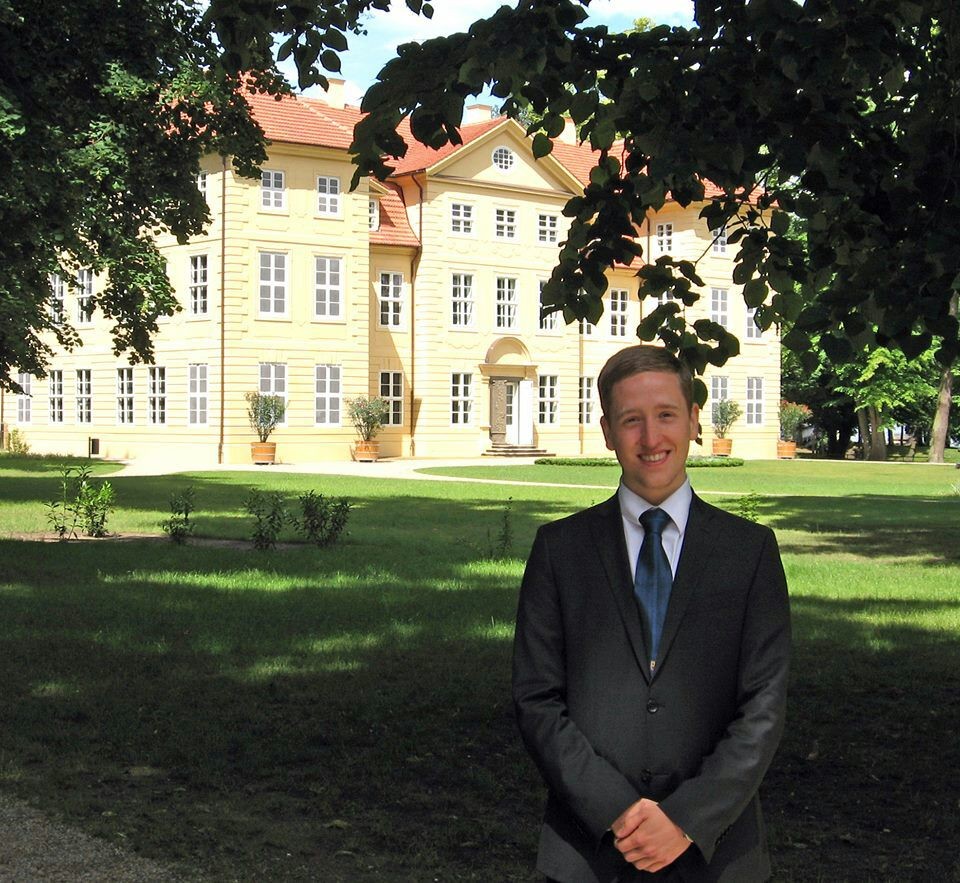His Highness Duke Michael today represented the grand ducal house at a memorial service in Mirow to mark the 100th anniversary of the death of Grand Duke Adolf Friedrich V who died in Berlin on 11 June 1914. The burial in Mirow on 18 June marked the last gathering of representatives of the European aristocracy before the assassination of Archduke Franz Ferdinand of Austria-Este, heir to the Austro-Hungarian throne, on 28 June 1914. The event was co-hosted by the grand ducal house, the 3-Königinnen-Palais and the Mecklenburg-Strelitz Cultural Heritage Society which was represented by its chairman Dr Rajko Lippert.
The memorial service led by retired Propst Joachim Thal began at 10.30 in the family crypt in the Church of St John with the laying of flowers by the sarcophagus of Grand Duke Adolf Friedrich V with the accompaniment of the church organ. This was followed by a speech and discussion in the 3-Königinnen-Palais (Cavaliers House).
Prior to today’s engagement Duke Michael has spent the past week visiting a number of sites associated with the history of the House of Mecklenburg accompanied by Dr Lippert. On Monday he visited Schloss Gustrow followed by Schloss Remplin which was the Mecklenburg residence of the Russian branch of the grand ducal family from 1851, serving as their primary residence between 1922 to 1940 following their exile from Russia. On Tuesday Duke Michael visited the Sachsenhausen concentration camp where his great grandfather, Duke Georg, was held by the Nazis from August 1944 to February 1945 followed by a visit to Hohenzieritz, where Queen Luise of Prussia died in 1810, and Neubrandenburg. On Wednesday Duke Michael was received at the Mecklenburg-Vorpommern parliament at Schloss Schwerin by Vincent Kokert, Secretary General of the Christian Democratic Union party in Mecklenburg-Vorpommern. On Thursday Duke Michael visited Heiligendamm, Germany’s oldest seaside resort which was founded in 1793 by Duke Friedrich Franz I of Mecklenburg-Schwerin and on Friday he visited Ratzeburg’s peninsula and cathedral in Schleswig-Holstein, which formed part of Mecklenburg-Strelitz from 1701 to 1934 and the united Mecklenburg state to 1937 and entitled the dukes of Mecklenburg-Strelitz to a vote in the Imperial Diet of the Holy Roman Empire.
For photos and video footage of the service visit the Flickr page and the YouTube channel.

